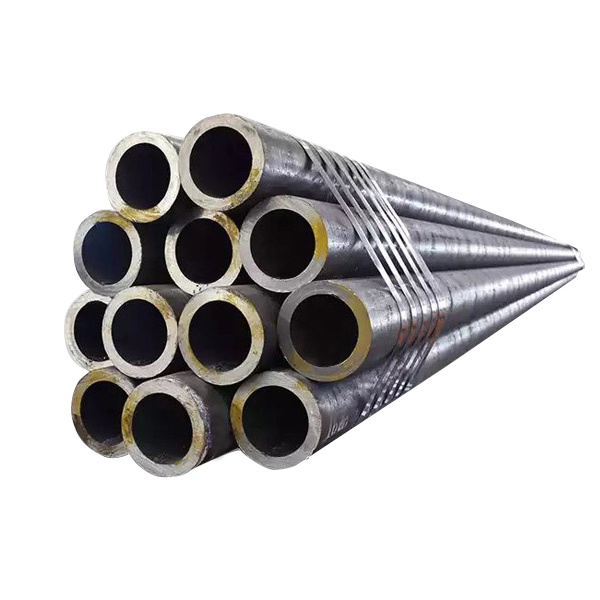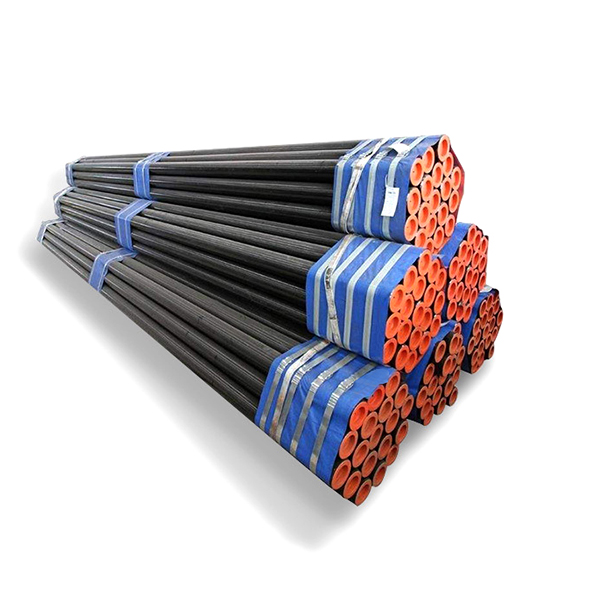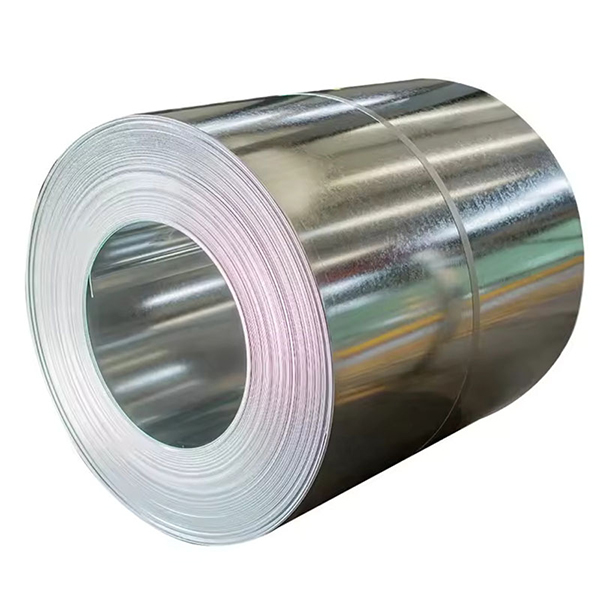The material characteristics and wide application of brass rods
Brass rods, as an important metal material, are widely used in both industrial and daily life applications. Due to their unique properties and diverse uses, they have received extensive attention.
1. Characteristics of the brass rod
The brass rod is made of an alloy of copper and zinc. The copper content usually ranges from 60% to 90%, while the zinc content varies according to different requirements. The composition of brass gives it a series of unique
material characteristics, such as excellent electrical conductivity, thermal conductivity, and machinability. Additionally, brass has good corrosion resistance and can maintain stable performance in certain environments.
2. Manufacturing Process of Brass Rods
The manufacturing process of brass rods mainly includes smelting, casting, extrusion, drawing, etc. Firstly, according to the required alloy composition, copper and zinc are mixed in proportion and smelted. Then, the molten alloy is transformed into the desired shape and size through casting, extrusion or drawing, etc. Different manufacturing processes can obtain brass rods with different properties and uses.
3. Diversity of Application Fields
The diversity of brass rods enables them to be widely used in various fields. In the construction industry, brass rods are often used to make door handles, handrails, and decorative items. Their golden appearance and elegant texture make them an ideal choice for both indoor and outdoor decoration. Additionally, brass rods are also widely applied in electronics, machinery, automotive manufacturing, and other industries, used to produce connectors, components, and conductive materials, etc.
4. Advantages of Brass Rods
Brass rods have excellent electrical and thermal conductivity, which makes them play a significant role in the electronic and electrical fields. Secondly, brass rods can be easily processed into various shapes, making them suitable for manufacturing complex structures. Additionally, the corrosion resistance of brass rods enables them to maintain stability in humid environments or under special climatic conditions.
5. Future Development Trends
With the advancement of technology and innovation in manufacturing processes, the application scope of brass rods will continue to expand. In fields such as electronics, aerospace, and new energy, brass rods are expected to play even more significant roles. At the same time, manufacturers will also continue to explore more environmentally friendly and high-performance brass materials to meet future market demands.
In conclusion, brass rods, as an important metal material, have attracted widespread attention due to their unique material characteristics and diverse application areas. From architectural decoration to industrial manufacturing, brass rods have indispensable roles. With the continuous development of technology and awareness, the application prospects of brass rods will be broader, and they will also continue to innovate under the concept of sustainable development.





